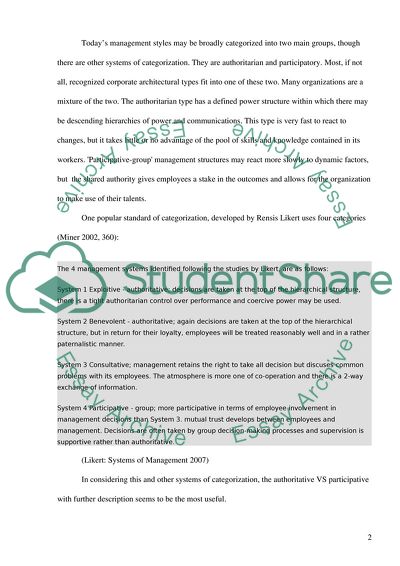Cite this document
(Career Development in the Service Industry Assignment, n.d.)
Career Development in the Service Industry Assignment. Retrieved from https://studentshare.org/human-resources/1706279-the-developing-manager
Career Development in the Service Industry Assignment. Retrieved from https://studentshare.org/human-resources/1706279-the-developing-manager
(Career Development in the Service Industry Assignment)
Career Development in the Service Industry Assignment. https://studentshare.org/human-resources/1706279-the-developing-manager.
Career Development in the Service Industry Assignment. https://studentshare.org/human-resources/1706279-the-developing-manager.
“Career Development in the Service Industry Assignment”, n.d. https://studentshare.org/human-resources/1706279-the-developing-manager.


